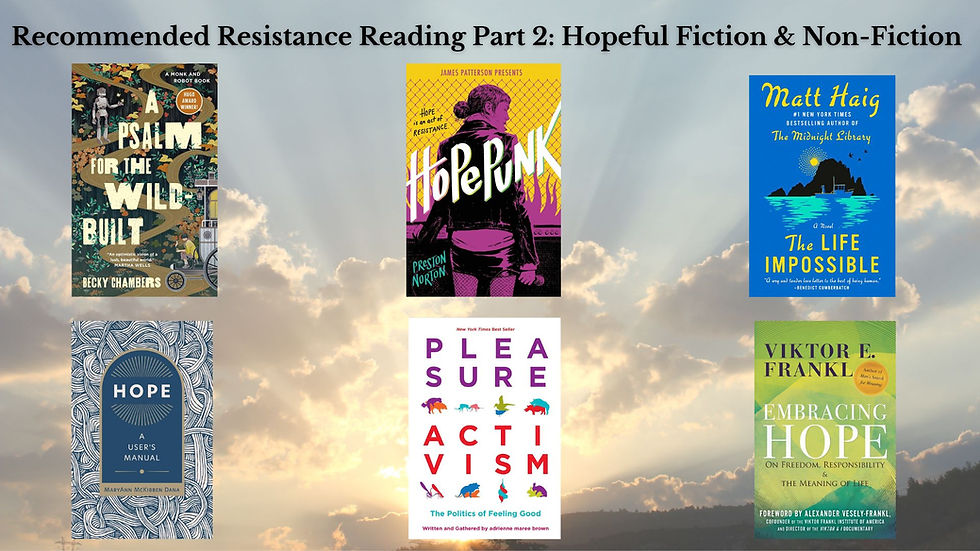- Tony Lorenzen

- Jan 1
- 4 min read

Our theme for January is STORY and my challenge to you this month is to Swap Stories with someone. Swap the Story of your life with someone who doesn’t know it. Your partner for this probably won’t be your life partner or spouse or closest friend because they will most likely know too much of your story too well already. The most difficult part of this challenge is finding a partner. The partner you want to find for this challenge is someone you know, but don’t know well enough that they really know your story. People you know from church can be great for this exercise, or perhaps someone you know from another group or endeavor such a gym acquaintance, a distance relative you’re friendly with but perhaps all you know about their story is the parts you share. If you can’t find a partner or don’t know how to ask, get in touch with me and I’ll match you up with another person who is looking for a partner.
Once you’ve found a partner, agree on how you’ll share your stories as well as when and where. You might choose to share them over a meal or coffee or even via Zoom. You could write your stories and swap them to read. You could make videos and share them. You might get very creative and tell your story via poetry, or painting, or drawing. Musicians might write a song. You could make a collage or storyboard. There’s no “wrong” way to tell your story.
The big outline of your story is something most of us share. We have a story about our birth, where and how we grew up and where and how we were educated. We have stories about relationships, marriages, jobs, careers, illness, successes and difficulties. These are things you'll most likely think to tell your story swap partner. To add some color, detail, and more insight into who you are, where you've been, and what's happened to you in your life, here are some suggestions for anecdotes to add to your personal story:
Some of the prompts mentioned for adding anecdotes to your story.
Imagine that you can travel back in time to visit a younger version of yourself. What lesson/tip/reassurance would you tell your younger self?
Tell a story about a time when you were terrified to do something, but you did it anyway and found out it wasn’t so bad.
Tell a story about a time you did something you thought would be easy and it turned out to be hard, difficult, or a disaster.
Share something that most people don't know about you and would be surprised to learn?
Share a story about what you consider one of your greatest accomplishments?
Share a story about the most exciting thing you’ve ever done or the biggest adventure you’ve ever been on.
Share a story about a time that someone let you down and it hurt your feelings.
If money, time, and health were no object, where is one place on earth you would love to visit and tell the story of why you want to go to that place.
Tell the story of a person who has had a wonderful positive influence on your life and why they are important to you.
Tell the story of the best Birthday you ever had.
Tell the story of the best Thanksgiving you ever had.
Tell the story of your best memory from when you were a child.
Tell the story of the worst trip you’ve ever been on.
Tell the story of the best trip you’ve ever taken.
Tell the story of the last time you were bored out of your mind.
Tell a story about something you did or that happened to you during a rain storm or a snow storm.
Tell a story about the most beautiful place you ever seen, how you got to see that place, and why it was so beautiful to you.
Tell a story about favorite childhood toy and why it was your favorite.
Tell a story about the best time you ever had with a pet.
Tell a story about the saddest time you ever had with a pet.
After you’ve shared stories, and hopefully asked each other questions about your respective stories, reflect together on what it was like. What was it like to hear your partner’s story. What really grabbed you about their story and the way they told it? What did you find yourself asking about and wanting to know more about their story? What was it like for you to “tell” (or write or draw, etc.) your story. What did you learn about your own story and how you usually tell it by telling it to this person who didn’t fully know it?
Sharing our stories builds community. It's very difficult to dehumanize someone once you know their story. The more we know about others and the more they know about us, the more likely we are to see our common humanity in each other. Swapping stories helps us practice letting others own and define their story while at the same time enhancing our ownership and understanding of our own story.
As always, if you undertake this challenge, I’d love to know how you did with it, and if you made a new friend.



